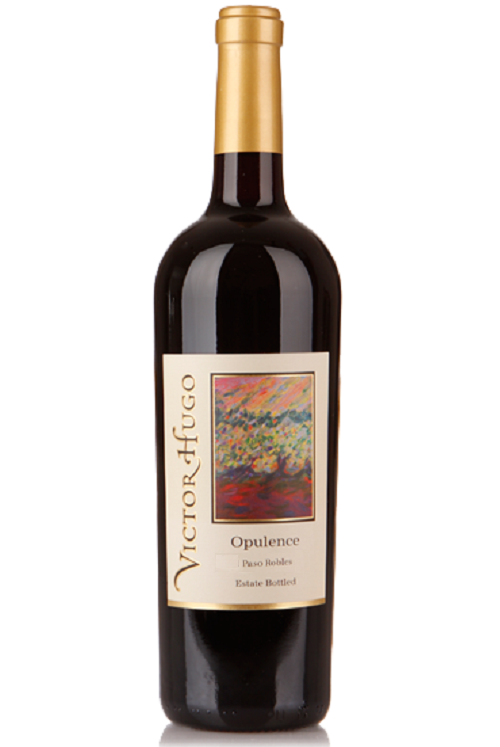Wine Labels – an indication of Terroir? Article#2 in the Wine Labels Series
We have talked about terroir in these pages previously. Briefly, we described terroir to be that “somewhereness” of wine, that specific piece of dirt, that imbues a wine with unique, special and sought after characteristics. So how do wine labels relate to terroir? Do wine labels display a complete belief in terroir, or can wine labels actually help us to develop a more accurate definition of terroir? This article is the second in a series that will relate a country’s or a region’s labeling laws to the lofty concept of terroir, the notion, that like beachfront property, the planet has only a finite amount of fine terroir. If you have it, you are blessed, as it produces the best wines that sell at the highest prices and the land too is worth great sums of money. If you don’t have it, well tough, you are relegated to doing the best you can in the shadow of the revered plots!
Today, I will discuss terroir in the context of USA wine labels. I will briefly deconstruct the regulations to see how faithfully they hew to the notion that the wines are imbued with a special “somewhereness.” To be sure, it must be stated that terroir is rarely specifically mentioned in labeling regulations; it is however a powerful underlying assumption. New world wine labeling tends to differ substantially from old world labeling. The new world tends to be far more focused on grape varieties than the old world. In the US, the smallest identification of terroir on a label is a single vineyard. However, as far as registered terroirs are concerned, there is no official classification or register of vineyards. US labeling law recognizes the AVA (American Viticultural Area), such as Napa Valley, as the smallest officially controlled terroir. A Californian label for example may state the following:
- Brand Name
- Grape Variety: If stated, must be at least 75% of the named variety
- Appellation of Origin. This is essentially the terroir designation: If the appellation is a named state or county, 75% of the grapes must derive from that state or county. If the wine is labeled for an AVA, that rises to 85% as per federal law and 100% if the AVA is in California. If the wine is vineyard designated, federal law requires 95% of the grapes to derive from that vineyard
- Special designations such as “Reserve”: These designations are left to winemakers to decide
- Estate Bottled: This term is a legal one and requires the wine to be made 100% from grapes grown on the estate, or on land that is controlled by the winery and is in the same AVA as stated on the label. “Controlled” may be as simple as a medium term contract.
US wine law does not specify many of the requirements one may see in European requirements; there are essentially no laws requiring specific grape varieties to be used in certain appellations, no regulations addressing the use of irrigation, maximum yields, acidity levels, extract levels, aging or release dates. In its purest sense, this may be, albeit unintentionally, more supportive of the concept of terroir than some of the European regulations. Winemakers are not told how to make wine and therefore have more freedom to let the dirt talk, to really explore their terroir. But, there is a glaring inconsistency with the notion of terroir; an estate bottled wine must be made and bottled at the winery but the grapes do not have to come from the estate, only from grapes “controlled” by the winery in the same AVA as the winery.
The clear implication here is that winemaking is more important than terroir. In certain more terroir driven systems, the terroir is very strictly controlled but the wine may be made in a different location as long as there is strict separation of the fruit from that grown elsewhere. It could be stated, perhaps a bit ungenerously, that US law enshrines the primacy of the winemaker at the expense of terroir! For the consumer, the label is really encouraging the recognition of quality as a combination of terroir and winemaking, as do most systems whether in the new world or the old. Effectively, the label is saying, even at the level of a vineyard, that some winemakers will simply produce better wines than others. The overall difference is the legal US term of “estate bottled” versus “estate grown”; the former establishing the greater importance of the winemaker over the terroir
So, what we see here is a regulatory framework that explicitly recognizes the influence of man on the concept of terroir. It does draw on experience of the source of the best grapes and how best to treat them but ultimately relegates terroir to second place!
.
Want to taste a wine showing good Californian terroir characteristics?
Click on the bottle below.
Selected by Peter Koff MW
.
Want to receive complimentary educational posts via email?
Please subscribe below.
Copyright © 2018 GreatWine2U.com. All rights reserved.


